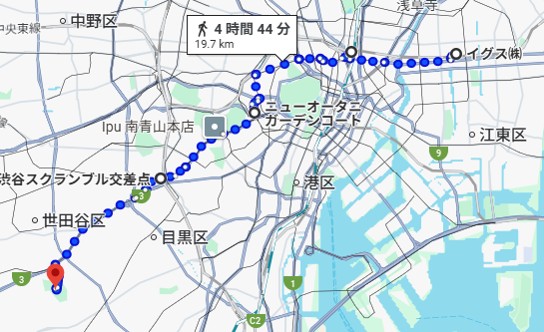Stage 8. The Olympic legacy and modern Tokyo
Yuki Tsugehara | 2. April 2025
(*From the Japan Tour Team: we are reporting on Stage 8 before Stages 3-5 due to publicity confirmation from our business partners)
After the press ride event, today we would like to introduce modern Tokyo to our blog readers. Previously, we introduced you to traditional Japanese culture in East Tokyo, this time we’re heading west and hope to show you a different side of Tokyo.
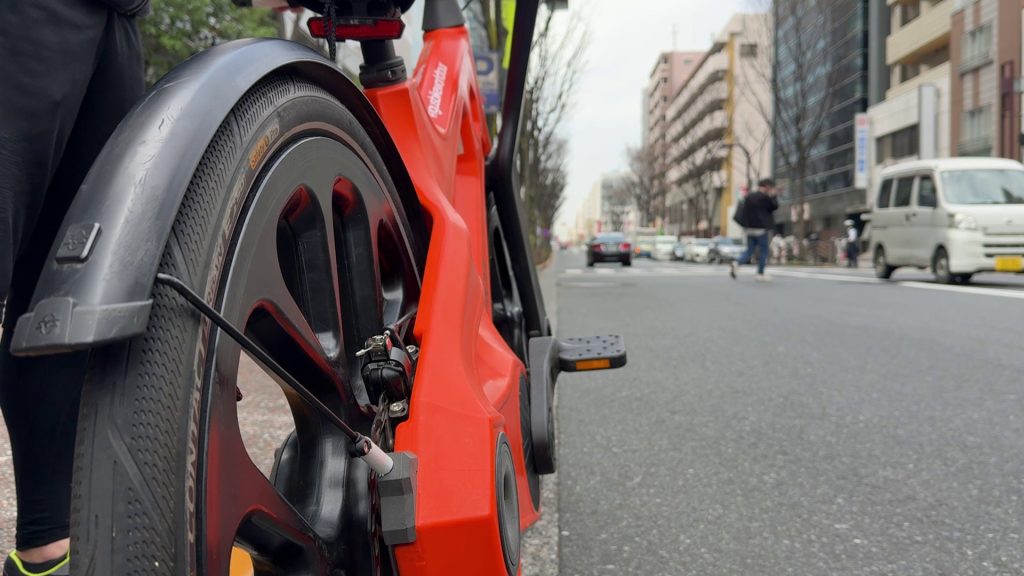
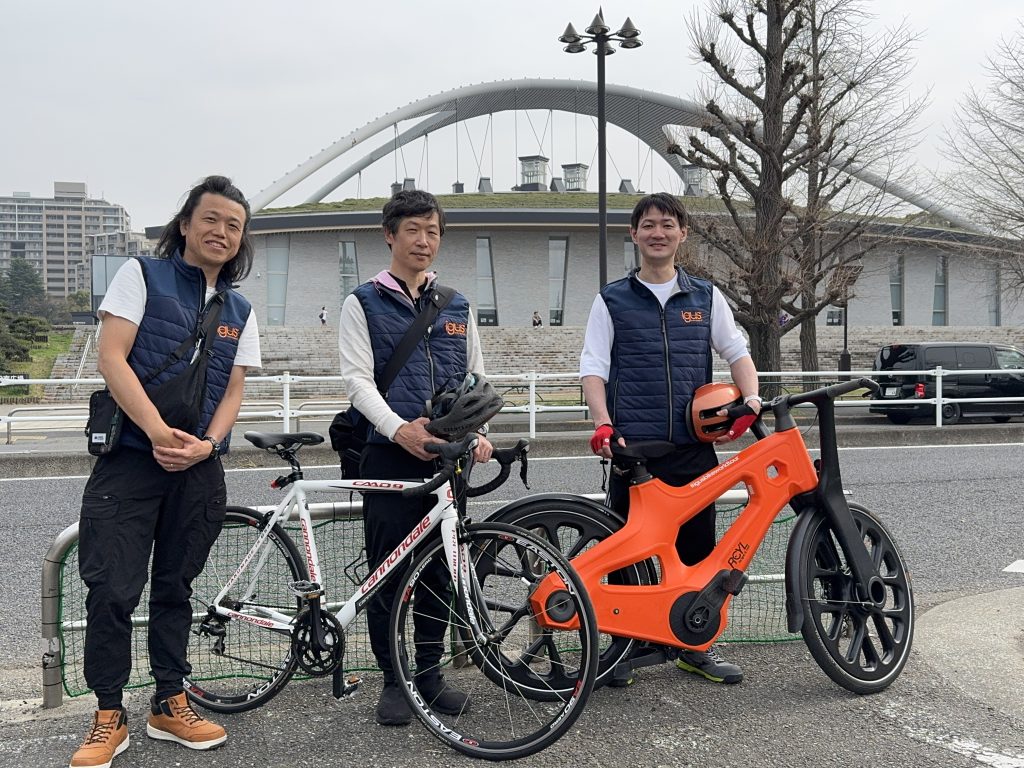
The bike rider is Ooka-san, LCA Product Manager.
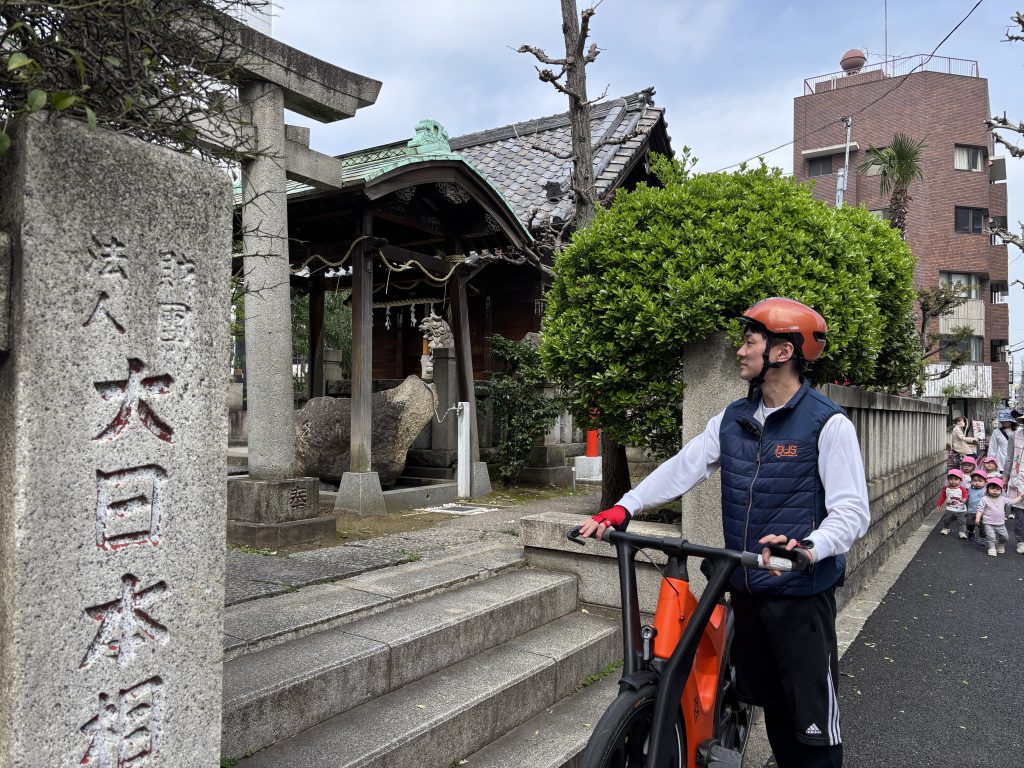
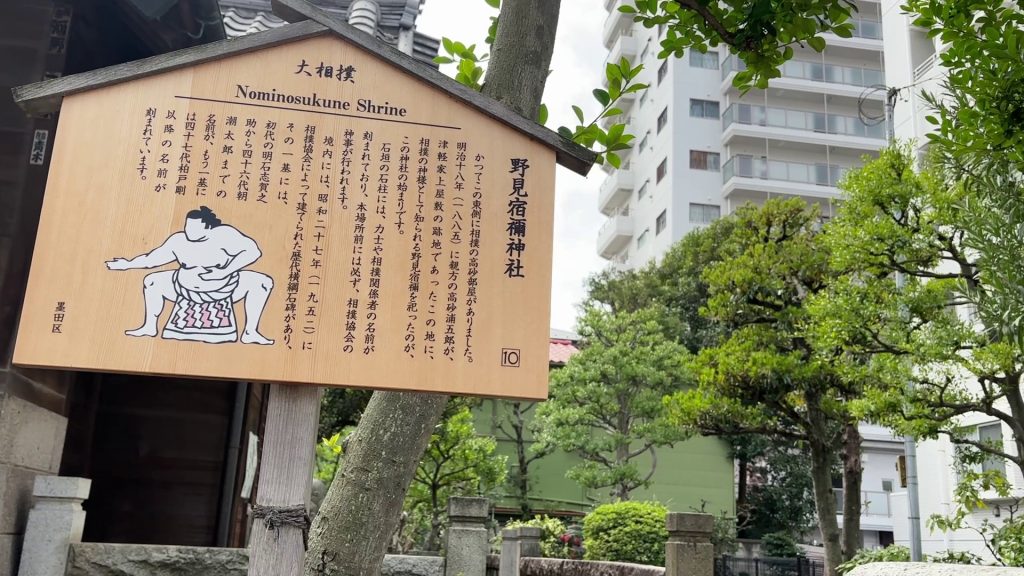
Starting from Kinshi-cho, as on stage 1, the igus:bike again passed the sumo culture spot Nominosukune Shrine, crossed the Sumida River and headed for Akihabara.
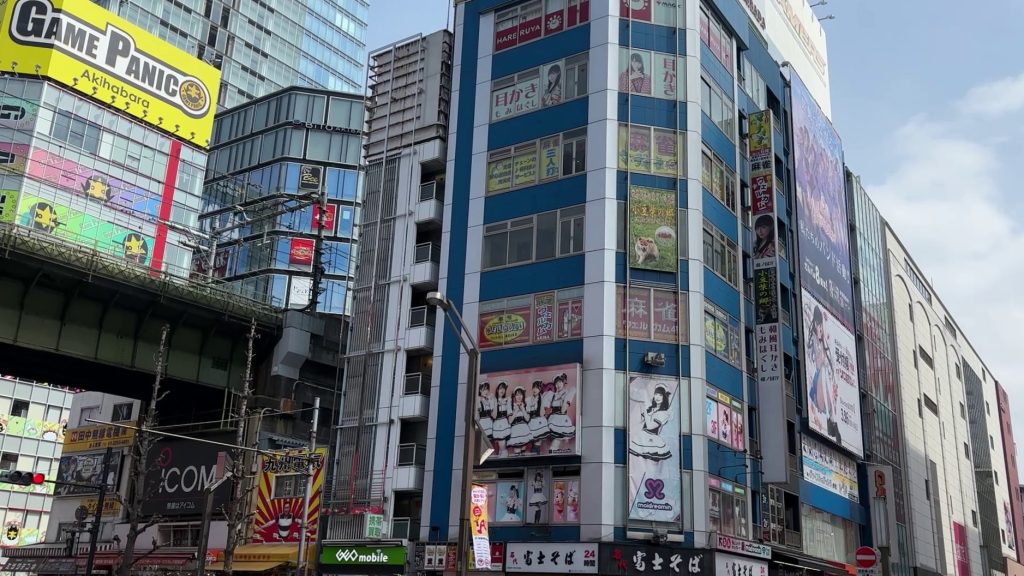
Akihabara was once the centre for the sale of electrical components in Japan, but is now a centre for game and anime culture. Filled with otaku culture, this town is overflowing with avant-garde art, and it would not look out of place with the igus:bike on the road.
The bike continued on for 5km to the Hotel New Otani Tokyo. This hotel was founded in 1964, the same year as igus, when Japan hosted the Tokyo Olympics, and the New Otani, an international-class hotel, was one of the projects implemented in time for the Olympics.
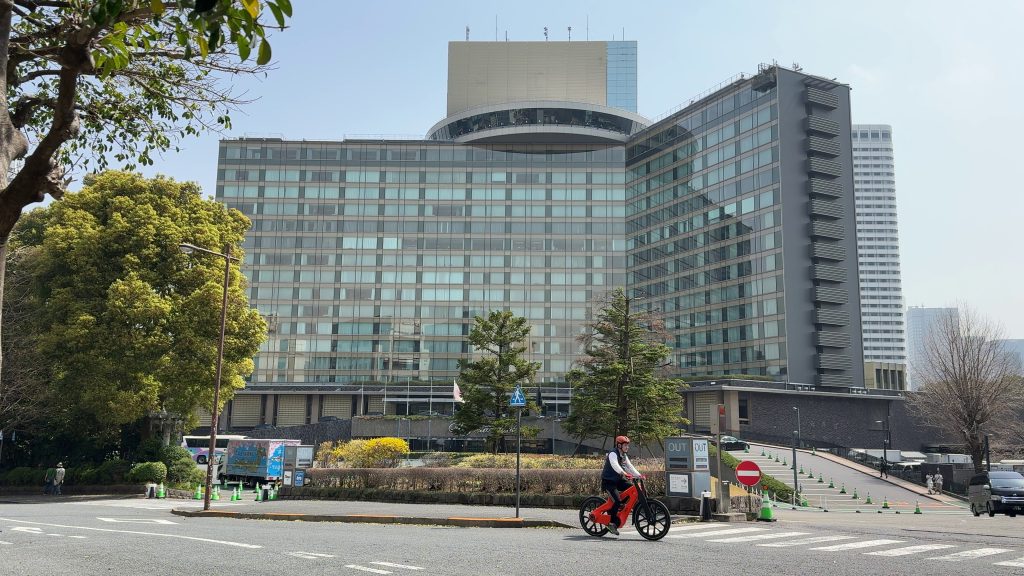
Japan’s first high-rise hotel, the New Otani was built using the latest technology of the time, and a revolving lounge was placed on the top floor. This was built using technology from former battleships, and the building itself was given an extensive device to rotate so that many tourists could enjoy the view of Mt Fuji.
Since then, the hotel has been the setting for many international conferences and historic dinners, hosting numerous heads of state; it was also the main venue for the Tokyo Summit in 1979, 1986 and 1993, and still attracts many people as a luxury hotel.
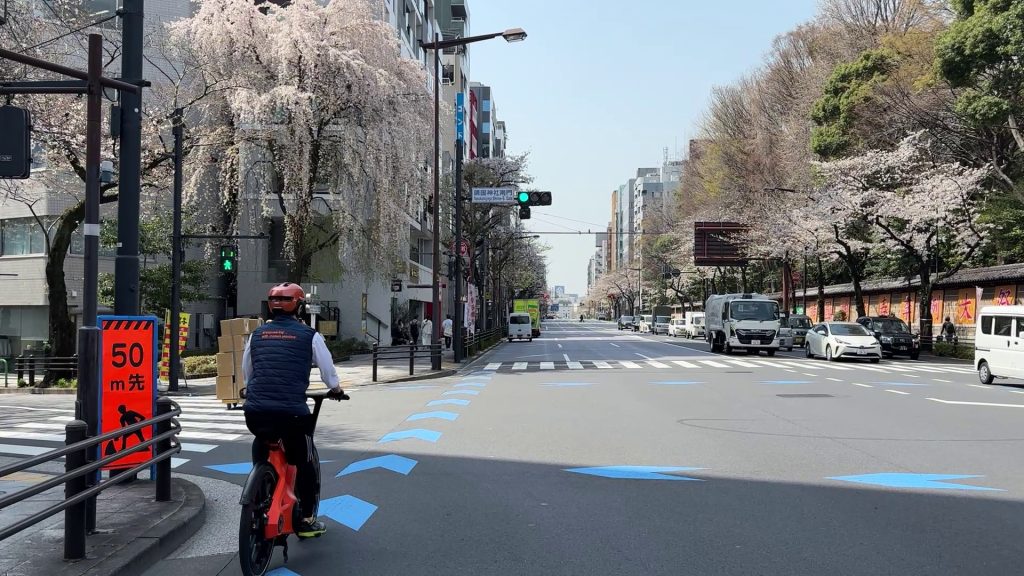
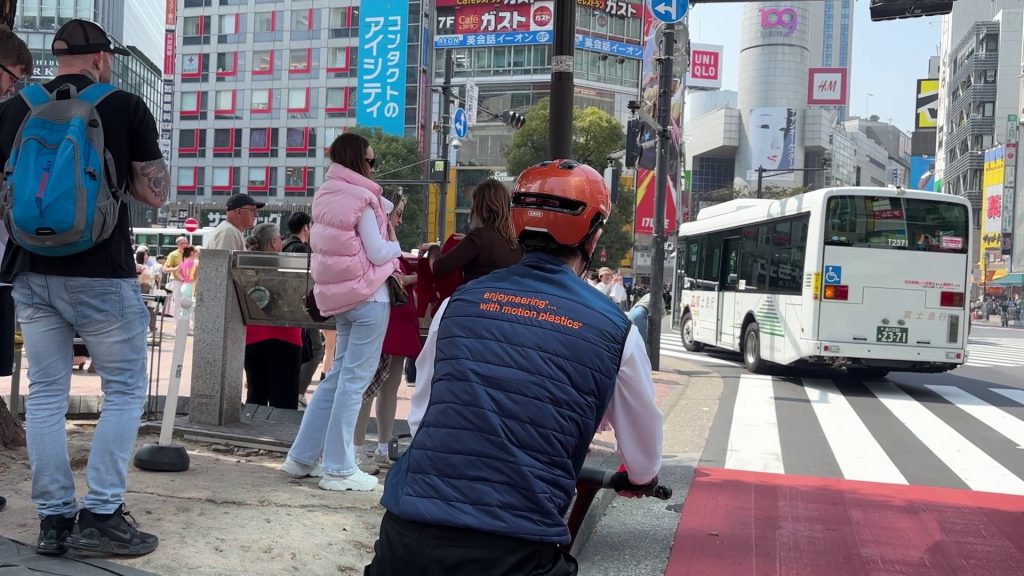
The igus:bike headed for another Olympic legacy, but on the way they passed by a world-famous intersection, Shibuya Crossing. It is the busiest intersection in the world, with more than 3,000 people crossing it at any one time. This congestion is due to the fact that the city radiates out from the train terminal station, where nearly 30,000 people a day get on and off. More than 100 shops, including restaurants, fashion and pop culture sundries, are crammed into Shibuya.
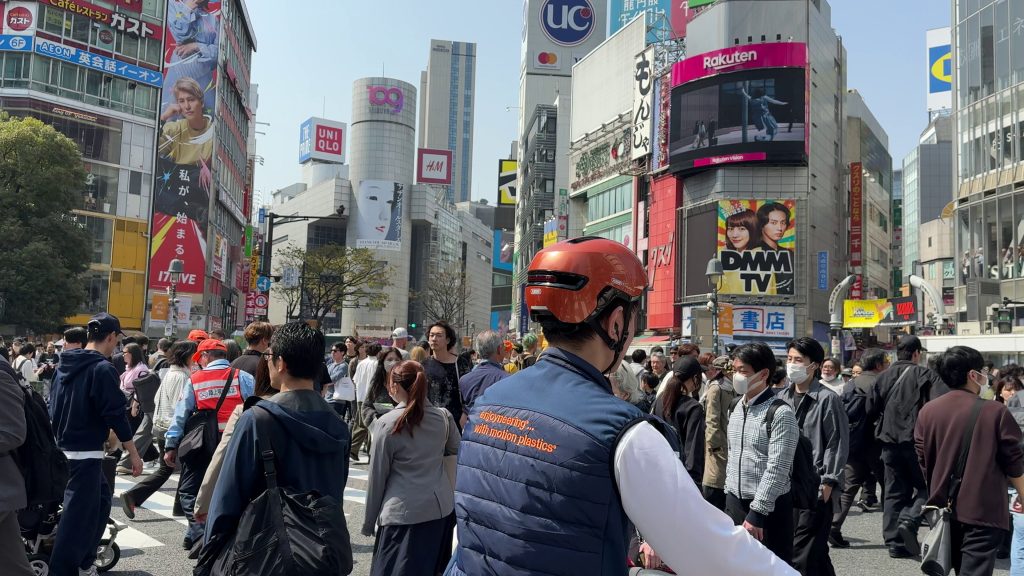
We were surrounded by numerous signs and unique people, but the orange of the Igus bike still stood out.
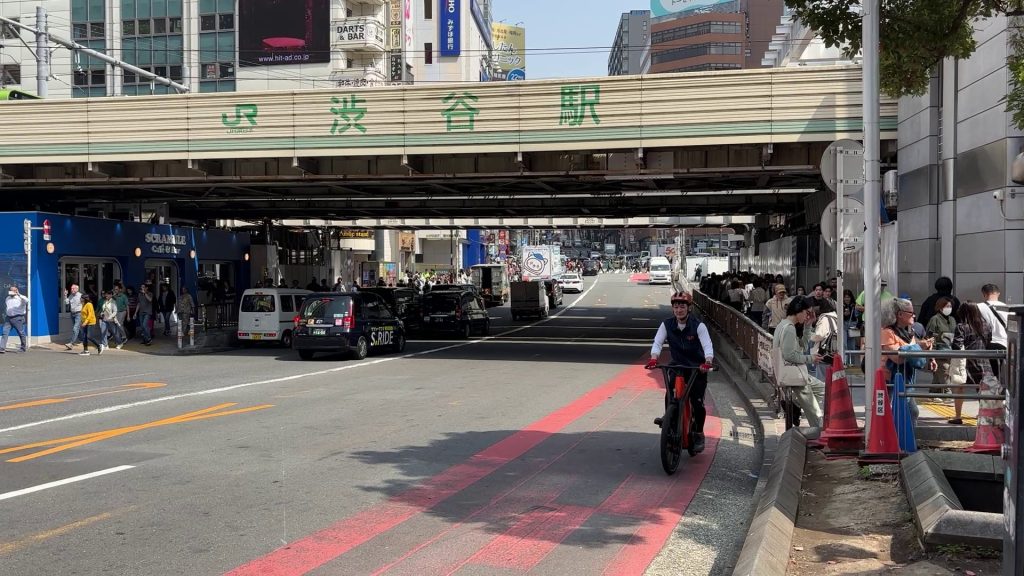
The bike came to Komazawa Park, about 4 km away. This was the venue for the 1964 Tokyo Olympics. During the Olympics, football, wrestling, volleyball and hockey competitions were held here. After the Games, the park was opened to the public and is still used for many sporting events and as a recreational area for citizens. Today’s 17km ride across Tokyo concluded with a taste of the 60 years of igus, looking at the same age-old facilities.
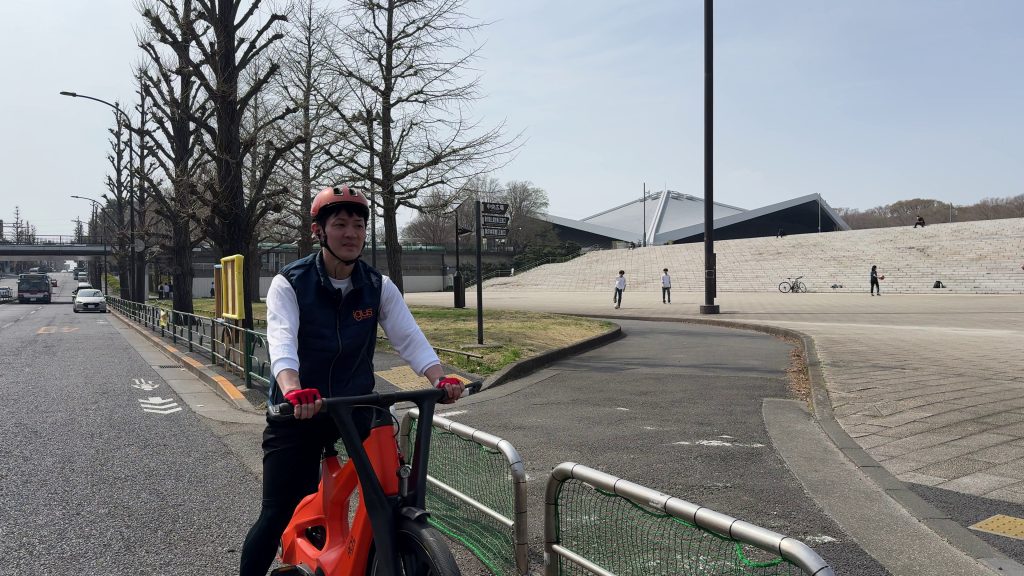
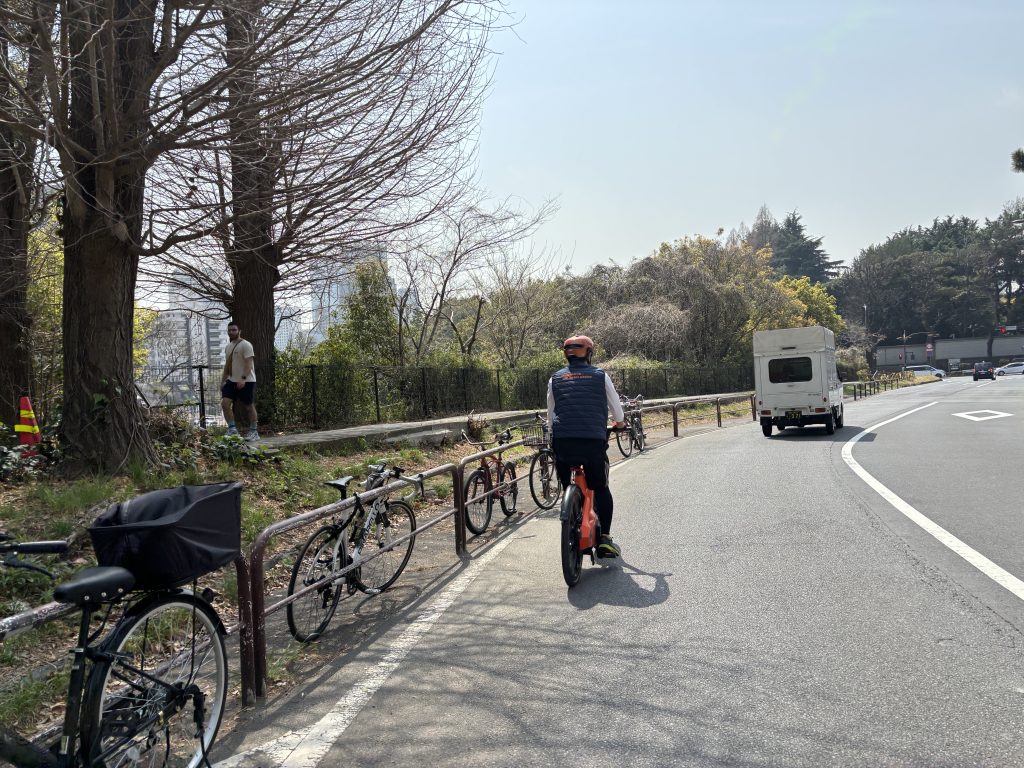
Our rider: Katsumi Ooka
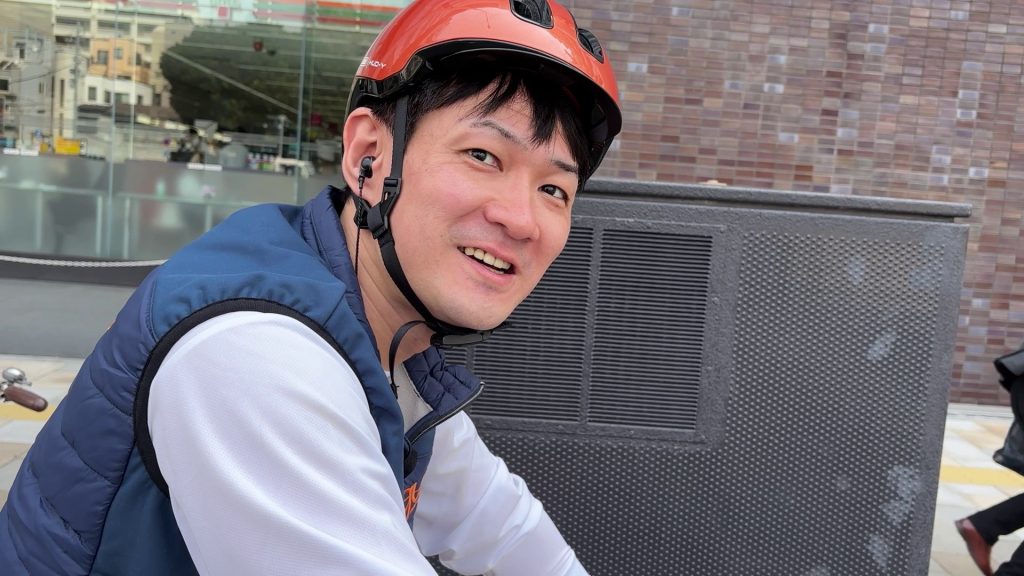
This is Ooka from LCA Products. When I heard that we would be riding across Tokyo on Igus bikes, I trained very carefully. The west side of Tokyo was tough with mountains and valleys, but the weather was good and the ride gave us a sense of achievement. Please enjoy the typical Tokyo scenery.
Map of the tour
